With the increasing awareness of health, more and more people are turning to exercise and fitness to strengthen their bodies. Many individuals experience muscle soreness and fatigue after workouts. Cold therapy can help alleviate discomfort caused by exercise, and both ice baths and cryotherapy are widely used in the sports field, becoming crucial recovery techniques for athletes and health enthusiasts. However, do these therapies truly aid in post-exercise recovery, and which method is superior? This article delves into the effects and distinctions of ice baths and cryotherapy to find the optimal recovery approach.
1.Ancient Period
The use of ice baths can be traced back to ancient civilizations. As early as ancient Greece and Rome, it was discovered that immersing the body in ice-cold water effectively alleviated physical fatigue and pain. Subsequently, people began using ice baths to aid in bodily recovery.
2. 18th To 20th Century
The use of ice baths became increasingly widespread, with medical researchers studying their effects. It was found that adding ice cubes to ice baths enhanced their effectiveness in treating and recovering the body. Ice baths gained significant popularity in the fields of sports and rehabilitation, particularly among athletes who used them to accelerate post-exercise recovery.
3. Modern Applications
In recent years, ice baths have become a common recovery method for athletes and health enthusiasts, helping alleviate discomfort and pain following exercise. Ice baths are also noted for enhancing performance, potentially enabling athletes to perform at their best during competition. While also utilized in medical settings, further research is needed to fully understand their specific effects.
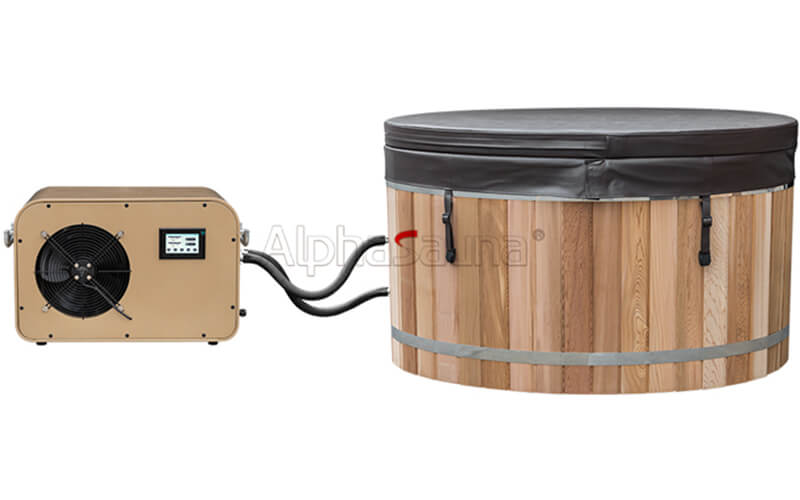
1. Early Applications
The initial use of cryotherapy emerged through the application of ice packs, where it was discovered that using ice could help alleviate local pain and inflammation. Thus, cryotherapy began to see initial application in aiding localized bodily recovery.
2. 20th Century
Numerous researchers explored and studied cryotherapy, particularly in European countries. Some athletes and rehabilitation specialists began employing cryotherapy to aid in post-exercise recovery and treat various health issues.
3. 21st Century
Cryotherapy has been widely promoted and adopted, with an increasing number of people trying it to aid in bodily recovery. It has expanded beyond athletes to become a common recovery method among the general population.
4. Modern Applications
Cryotherapy has gradually extended its applications to fields such as sports recovery and beauty treatments, encompassing whole-body and localized cryotherapy forms. However, the specific effects and safety of these methods are still under further exploration and research.
Overall, both ice baths and cryotherapy have a longstanding developmental history and can provide certain health benefits. However, these therapies are not universally suitable for everyone, and their associated risks are still being explored. Therefore, cautious use of these therapies is advised to ensure bodily safety. In case of any issues, immediate cessation and consultation with a doctor or professional are recommended.
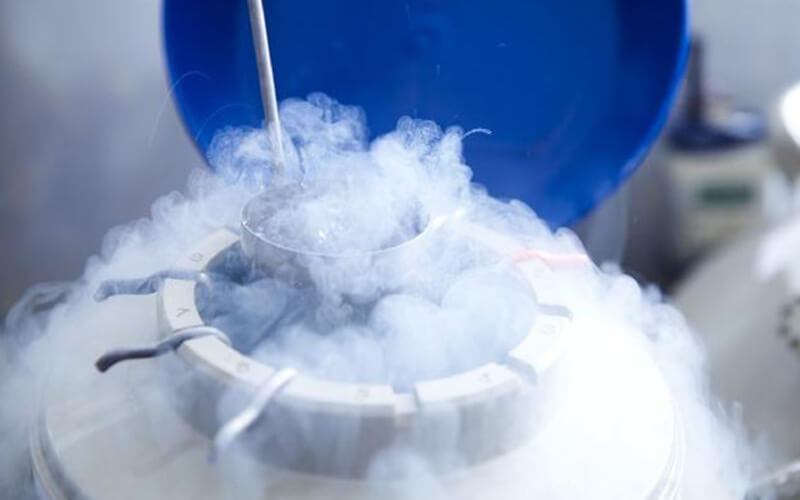
Ice Bath
An ice bath typically involves immersing the entire body or specific body parts in ice-cold water. The water temperature usually ranges from 10 to 15 degrees Celsius, and each immersion lasts between 10 to 20 minutes, which is a common and comfortable range of temperature and duration. The specific temperature and duration can be adjusted according to individual needs and physical condition at any time. During an ice bath, it is crucial to monitor one's body condition closely. If any discomfort arises, the ice bath should be stopped immediately, and the individual should seek a comfortable place for recovery.
The effectiveness of ice baths can significantly aid in bodily recovery by alleviating discomfort following exercise. Immersing in ice-cold water helps reduce muscle swelling and inflammation after exercise, alleviates muscle soreness and fatigue, accelerates the body's recovery process, and prepares it for the next training session or competition. Ice baths are widely regarded as a helpful recovery tool for many athletes, although some may not experience significant benefits from them. The choice of using ice baths should be based on individual constitution and performance. If there are no discernible effects on the body, discontinuation of ice baths is recommended.
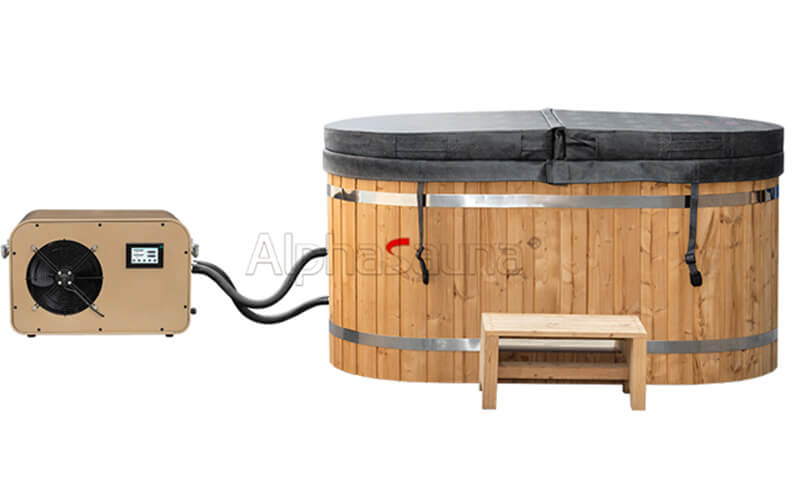
Cryotherapy
Cryotherapy involves using extremely low temperatures for therapeutic purposes, typically using gases or cooling devices with temperatures often below freezing, in the range of tens of degrees Celsius below zero. It can be applied locally or as whole-body cryotherapy, stimulating the body to achieve health benefits. The process of cryotherapy usually lasts only 2 to 4 minutes, a relatively short duration considering the benefits it brings, comparable to those of ice baths.
The effects of cryotherapy can similarly aid in bodily recovery and offer numerous health benefits. Like ice baths, cryotherapy can reduce inflammation in muscles and joints. Through its cooling effect, it helps alleviate pain and fatigue, relaxes muscles, and reduces tension. Cryotherapy also improves blood circulation and metabolism, enhances immune function, and provides overall health benefits to the body.
In general, both ice baths and cryotherapy can provide many health benefits to the body. However, cryotherapy may produce more pronounced effects due to its stronger stimulation of the body, although it involves much lower temperatures compared to ice baths and requires a higher tolerance for cold. It is generally recommended to opt for ice baths as they pose lower risks. Nevertheless, if the body can tolerate temperatures below freezing, cryotherapy can be an excellent choice, providing rapid recovery and comfort. Regardless of the chosen therapy, it is crucial to select based on personal needs and health conditions, ensuring the safety of the body. Safety should always be the top priority, with close attention to body condition to ensure the effectiveness and safety of cryotherapy.
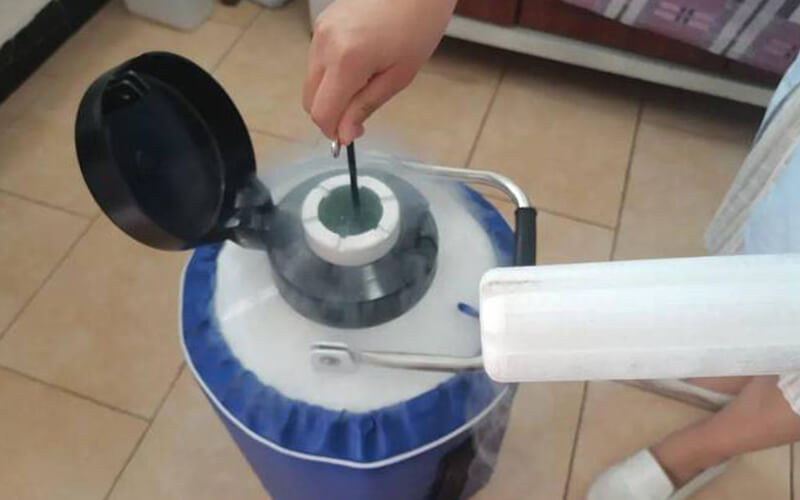
Is Cryotherapy Better Than Ice Bath?
Cryotherapy and ice baths both use low temperatures to stimulate bodily reactions, but they yield different health benefits for the body. Ice baths are relatively convenient and show more pronounced effects when targeting muscle fatigue recovery and inflammation relief. For precise localized treatment, cryotherapy can better control temperature and treatment area. However, specific choices should depend on individual circumstances, environmental factors, and other considerations to ensure maximum benefit for aiding bodily recovery. It is advisable to consult with a doctor or professional and make decisions based on specific treatment goals and bodily conditions to achieve optimal therapeutic outcomes.
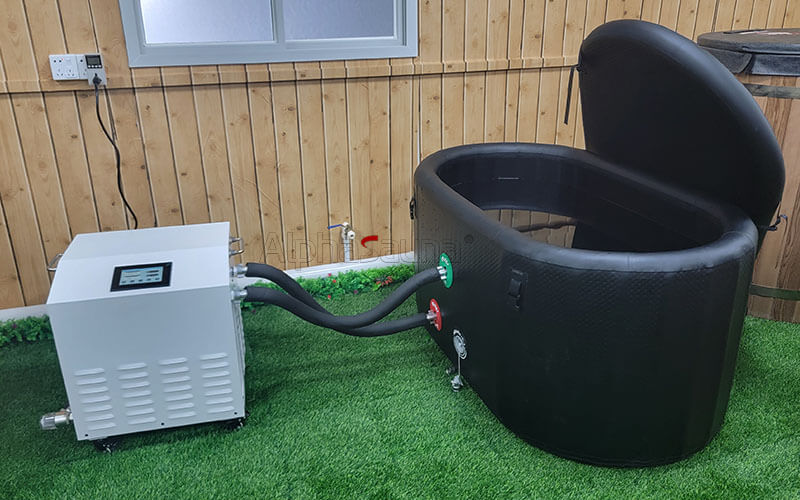
If you want to aid post-exercise recovery through ice baths, you definitely need a comfortable and relaxing ice bath facility. Alphasauna, with years of manufacturing experience, offers a variety of ice bath facilities to provide users with a comfortable and relaxing ice bath environment. We have a strong production team, where each employee undergoes professional training to ensure both the speed and quality of production. Whether you are purchasing a single ice bath facility or buying in bulk, Alphasauna can provide you with a platform for high-quality selection and service, ensuring a unique ice bath experience.







